Color solutions for painting wooden houses. Do-it-yourself painting of a log house inside: paint selection, instructions
Painting the timber inside the house is primarily needed for the design and only secondarily as protection. But it is difficult to choose the right coverage on your own, therefore there are so many forums where this topic is actively discussed. If you are interested in how to paint the timber inside and how to choose the right color, then this article will help and advise.
How to choose coverage
Building a house from a bar is primarily environmentally friendly, therefore, when choosing a composition for coating, you need to focus on its composition. It must be natural. These include varnishes and paints based on natural oil such as linseed or water. They can be glazed, that is, transparent and emphasize the naturalness of wooden walls, or tinted.
Transparent coatings can be:
- matte
- semi-matte
- glossy
- semi-gloss
When combined colors and the visual effect, the perception of the interior space will be different.
How to match the color
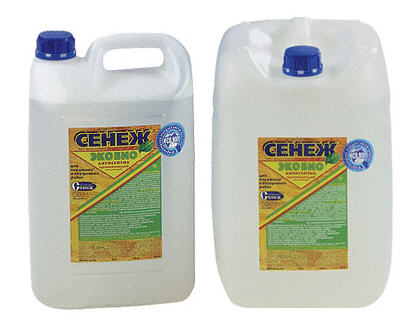
Color bar for some coatings
The color of the interior coating and the effects of gloss or matt are the main factors that affect the creation of the interior wooden house... When choosing a color, you need to understand that matte or glossy it will look different. The color combined with the matte surface creates a soft effect.
The mood in such an environment is conducive to peace and harmony. This combination is good in bedrooms and children's rooms. Semi-glossy and glossy on the contrary are brighter. They are used in common rooms such as living rooms or kitchens.
Antiseptics and bleaches
 Lumber walls inside the house are less susceptible to harmful ultraviolet rays and humidity, but antiseptic treatment is necessary early. It is performed with special compounds. Antiseptics are on a different basis: organic or chemical.
Lumber walls inside the house are less susceptible to harmful ultraviolet rays and humidity, but antiseptic treatment is necessary early. It is performed with special compounds. Antiseptics are on a different basis: organic or chemical.
The former protect wood less, but are more environmentally friendly. Natural formulations are recommended by specialists for internal processing. If you do not paint the timber immediately after construction, then over time it will darken. To return it to its original appearance, the walls are sanded. If grinding was performed, but for some reason, it was not possible to paint immediately, then the darkened areas can be bleached with special compounds - bleaches.
Wax coatings
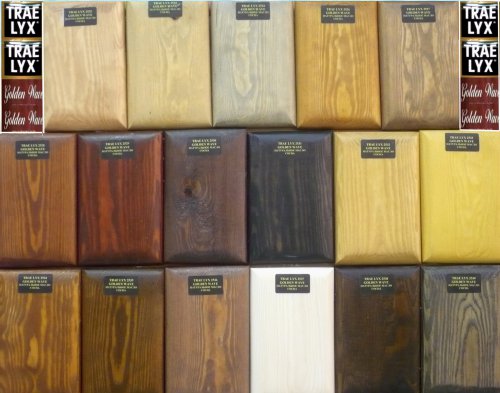
Lumber waxes
Wax is the best choice for. It is durable and protects walls well. The only negative is the price. Wax coating is not cheap, but the walls are velvety with a gloss. Such processing looks expensive and professional. Most often it is used for the construction of a house from glued laminated timber.
For the convenience of readers, we offer several options for painting the interior of a house from a bar with glazing compounds while preserving the naturalness of the wood.
Several options for painting interior walls
Formulations from different manufacturers are suitable for different variants. The main thing is to purchase proven funds from companies with a reputation. These include, for example, Teknos, Tikkurila, Osmo, Sikkens (AkzoNobel), etc. For example, let's take Teknos products, they can be replaced with any analogues. It is better to use antiseptics and paints from the same manufacturer for work. This will not cause an unexpected chemical reaction.
![]() For work you will need:
For work you will need:
- Single-base wood preservative, such as Teknol Aqua 1410-01.
- Acrylic clear or colored varnish, for example Teknos Natra or Pnelly Varnish.
- Brush or roller.
Work progress: the walls are cleaned of dust and polished. Then the entire surface is treated with an antiseptic in 2 layers. After drying, varnish is applied. The color of the varnish can be selected with the help of special cartographers, which are available at all major sales representatives. The varnish must be applied in 2 layers, and the second is applied after the first is completely dry.
The average cost of material with a consumption of 1m 2 in one layer will be 90 rubles. Due to the low cost and ease of painting, this method is most popular with owners of private log houses.
A mistake made when painting is the unevenness of the varnish application. The effect of color "camouflage" on the walls and ceiling is obtained. This can be prevented by making 3 thin layers instead of 2 layers. it is good to use such a covering for the construction of a house from a profiled bar.
Professional glazing painting
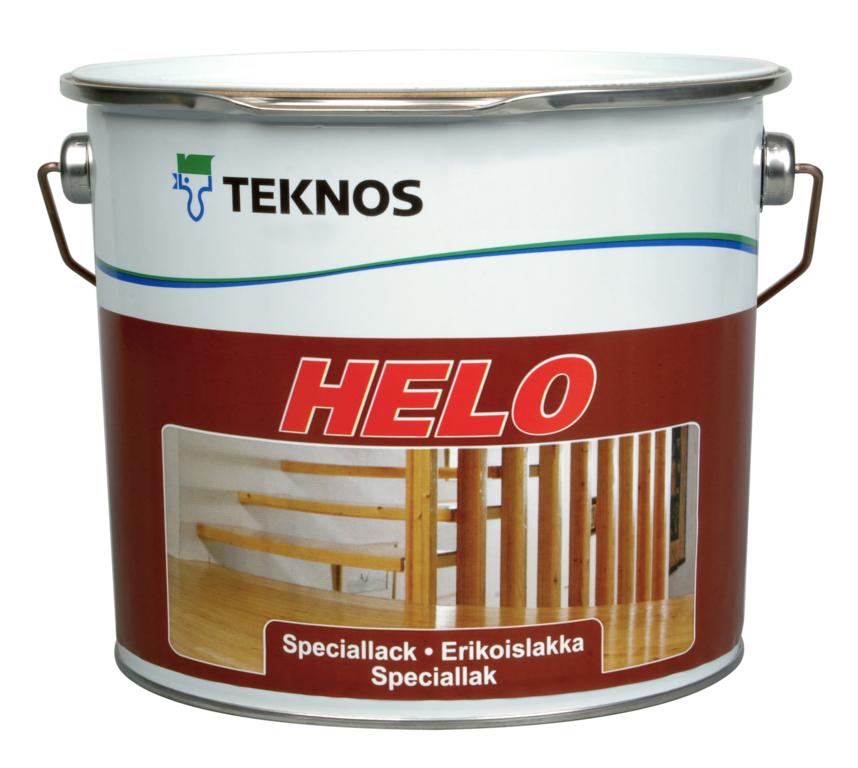 For work you will need:
For work you will need:
- Antiseptic composition such as Teknol Aqua 1410-01.
- A professional water-based glaze primer, you can tint, for example Aqua Primer.
- Water-based colorless interior lacquer such as TecnoCoat.
- Roller or brush.
Work progress: The surface is cleaned and sanded. Then you need to do antiseptic treatment. The selected antiseptic is odorless and dries quickly, making it ideal for indoor use. Glazing primer is applied to dried walls. By choosing a tinted option, you can make the color of the walls deeper and more noble. The coating dries very quickly, but lays down evenly. From above, everything needs to be painted with 2 layers of interior varnish. It will create a protective layer and enhance the effect of the glaze soil.
The surface will be velvety with a pleasant overflow. The durability of such internal painting is from 7 years. The cost of materials consumption per 1m 2 on average from 130 rubles. According to professionals, this option is also easy to do on your own, but unlike the first, there will be no tinting irregularities. The tinting lays down evenly, and the surface will turn out to be monochromatic. A large assortment of tints for soil glazing composition makes it possible to choose a color for any interior.
Wax coating
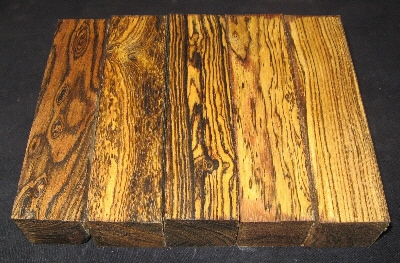 For work you will need:
For work you will need:
- Antiseptic for wood Teknol Aqua 1410-01.
- Wax for wood with a glazing effect, such as Panelvax, Teknovax.
- Brush.
Work progress: The walls are cleaned in the same way as in the first two cases and polished. An antiseptic is applied with a brush. After it has completely dried, wax is applied in 2 layers. The wax can be taken as transparent or tinted. Waxing is done with a brush. This method has one big plus, the timber continues to breathe, since there is no lacquer film on top. At the same time, the wood texture receives water and dust repellent properties.
The surface painted with tinted wax has an even transparent color. The walls inside after processing are velvety to the touch. The average cost of consumables for 1m 2 is from 110 rubles. Any of the listed methods is easy to do with your own hands and will emphasize the interior of the house from a bar.
Advantages of covering internal walls from timber with compounds
 Why is coating with compounds better than, for example, gypsum board with wallpaper or plastering? This is due to a number of advantages:
Why is coating with compounds better than, for example, gypsum board with wallpaper or plastering? This is due to a number of advantages:
- Compositions for covering timber inside the house on a natural basis, so they are eco-friendly and do not have strong odors.
- The naturalness of the wooden walls is preserved. And a wide range of colors makes it possible to use painting in any interior.
- Painting with natural compounds is vapor-permeable, which means that the tree will breathe.
- Colorless varnishes lie flat, no color drops appear on the walls or ceiling.
- Natural formulations dry quickly (1-2 hours).
- Long service life (from 7-15 years). But in many ways, this indicator for tinted options depends on the color. The lighter, the shorter the service life.
- It is easy to repair the damaged section of the wall.
- A good combination of price and quality.
There are not many disadvantages of such a coating, the most common is that the interior will sooner or later get bored, and it will be a pity to redo the intact walls.
Price for work
In all major regions, interior painting of timber walls costs about the same. It depends on the material with which the walls are covered. Average cost for painting inside the house:
| Work | Cost, rub./m 2 | |
Over time, the appearance of beautiful wood will lose its shine and gloss. You can return presentability with the help of paints and varnishes presented by the construction market in a large assortment. The purpose of applying the compositions can be not only a decorative component - many products contain additional protective components that have a beneficial effect on the wood and allow it to remain durable. Details below.
Purpose of painting walls
The owners of private objects built from recycled material do not have such a question - why do they need to paint the timber inside the house. By itself, unpresentable, used raw materials require decoration.
In addition, it is more porous than new material, and therefore the steam released inside the walls during operation will definitely take in.
And this entails rotting wood, the appearance of fungus and mold. Not too good for a new bar without protection.
The difference between the compositions for young wood, only in the absence of pigmentation - transparent mixtures will emphasize the texture, smooth the surfaces and give gloss. All this is coupled with biohazard protection.
Popular compositions for painting
The question depends on the specific purpose of the owner of the object. Wanting to leave the interior tree houseclose to nature, hardly anyone will choose a pigmented material. Rather, it will be glossy, not necessarily varnished compositions.
In addition, the ability of wood to breathe is also taken into account, which is important for microcirculation of air inside, as well as to allow vapors not to remain on the surface. interior walls... So:
- For such a purpose as painting a log house from the inside, impregnating compounds labeled as "eco", that is, do not violate environment... Most of them contain oils, wax, drying oil. Distinctive features of these products, the absence of a film becomes, which allows the tree to breathe.
Disguise minor defects without disturbing the true pattern of the rings using mastic. It will carefully hide the small web of cracks and chips. The only drawback will be the difficult selection of the color as close as possible to the original.
- Lucky. The most common decoration material. They are divided into glossy and matte. When working with new wood, it is recommended to use both types - first, matting compounds are applied in several layers, and then covered with gloss.
The downside, and a serious one, will, of course, be the lack of air access. Therefore, in such facilities, a multi-pass forced and natural ventilation, so that the health of households is not endangered due to lack of air.
- Decorative coatings. Thousands of them. If desired, you can make the interior of the house rainbow or austere. The division of such compositions also depends on the specific purpose - to emphasize the wood pattern or to make the wall surfaces fundamentally different from wood.
For the first option, a glazed composition is selected, for the second - a covering one. All paints are acrylic based, which makes it environmentally friendly. The popularity of these decorations is used by painting the lining inside the house - the structure of the tree is preserved, and the appearance is transformed.
There are also homemade recipes for toning compounds that have nothing to do with chemistry. Environmentalists will definitely use recipes based on oak bark, potassium permanganate, ocher, lime and other things. The minus of these "drugs" is a small or completely absent protective component.
Therefore, if it is so conceived, it is worth applying to the final result, all kinds of protection against fire, biological threat and other things. Next, how to paint the house inside correctly - from tools to the result.
Algorithm of actions when processing walls with paint
To begin with, they are determined with the type of the desired dye. Naturally, for internal surfaces, the priority will be the ecological component, but the decorative one is entirely at the mercy of the owner's preferences. So, the choice is made, what next?
One point is important - painting the lining inside the house from a bar, takes place in several layers - the new material, like the main bar, absorbs the pigment like a sponge. This should be taken into account when purchasing a product - it is important to immediately calculate the required quantity, it also happens that next time you simply cannot find a similar shade.
To give the house a well-groomed look, perhaps, not only with the help of interior coloring paints - first of all, the interior of the wood should not cause any complaints. Similar to human health, an object will look great if cared for and protected. Including using staining.
JavaScript required or player update required!
Popularity wooden houses due to their natural beauty, naturalness, safety for humans. Painting a house inside is considered the simplest type of finishing work: put on overalls, take a brush - and in 2-3 hours the house is ready. In fact, everything is somewhat more complicated. When painting the walls of a wooden house inside, you must follow certain rules, use additional means aimed at protecting wood from pests and premature wear. Otherwise, 2-3 years and the coating will lose its shine, crack and have to be repaired or changed.
Wall painting is required regardless of the quality of the wood materials used for decoration. Even the most expensive wood needs protection and maintenance. Inside the house, the walls are affected by humidity, temperatures, they are exposed to mechanical stress. Without treatment, the coating darkens over time, bugs can settle in it or mold can appear. Thus, it performs not only a decorative, but also a protective function.
When choosing a paint, pay attention to the presence of the following characteristics:
- good adhesion to the base, the ability to create a strong bond, not flake off;
- resistance to any influences, including humidity, temperature changes, sunlight;
- elasticity, preventing cracking after drying;
- hiding power, ensuring economical consumption of material.
In addition, the paint should not be toxic or flammable. It is desirable that it does not have a pungent smell. It should have a wide range of colors and be easy to apply to the surface. In addition to paint, a variety of impregnations are used for wall treatments.
Types of coatings
Different compounds can be used for wooden walls. Their choice depends on the characteristics of the room, the preferences of the owner of the house, and the type of wood. Depending on the characteristics of the coating, paints are of several types.
![]()
The first type is covering. They create a durable, opaque layer. By adding pigment, it is given the desired shade. A feature of such a coating is the almost complete painting of the texture and pattern of the tree, which provides good protection from external influences. Such paints are usually used indoors with high humidity or for household purposes.
The second type is translucent and transparent compositions. They are made on a natural or artificial basis, they are distinguished by a huge assortment of colors and additional characteristics. The coating can be glossy or matte. This type perfectly combines a protective function and excellent decorative properties.
Another type is glazing compounds. They are usually used not as an independent species, but are used to create an additional protective layer. Moreover, they perform a specific function: they improve fire-fighting properties, act as an antiseptic.
Water-based acrylic varnish will help to preserve the natural beauty of the tree. If desired, you can add pigment to it to give the desired shade. Lacquers compete with wax. It provides a beautiful gloss to the surface and creates a reliable protective layer. The disadvantage of this option is the complexity of application.
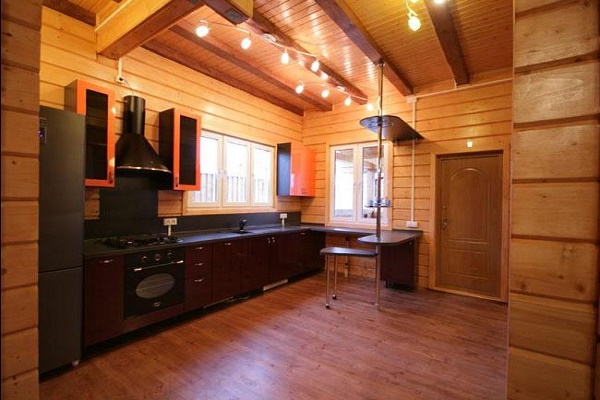
To improve the performance of the house, protective compounds are used. Fire retardants can improve the fire resistance of wood. The best option is factory processing, since it is quite difficult to achieve high-quality coating with your own hands. Antiseptics are used to protect walls from bacteria and mold. When choosing, you should check if the tool is intended for use inside the house.
Types of paints by composition
The paint is a homogeneous suspension containing binders, solvents, plasticizers, pigments. By the type of binder, paint is classified:
- Oil. They provide good hiding power, are flexible and protect well from moisture. Their disadvantage is long drying time. Long-term storage leads to loss of performance properties.
- Polyurethane. They are distinguished by high strength and durability. They create an impervious layer that reliably protects against any impact. The disadvantage of the coating is the possibility of using it only on horizontal surfaces, high toxicity. Applying the composition requires certain skills. The color palette does not differ in variety, and the cost of the material is high.
- Alkyd. The advantages of the coating include good penetrating ability, antiseptic properties, high hiding power. The paint is distinguished by the saturation and fastness of colors. It should be borne in mind that when dry, the composition releases toxic substances. The paint is highly flammable.
- Water-dispersed (latex, acrylic). This type is non-toxic, practically odorless, and easy to apply to the surface of wooden walls. By thinning and depending on the pigment used, the desired hiding power is achieved. The disadvantage of the coating is its low abrasion resistance. Due to its high absorbency, several layers are required. The compositions are expensive.
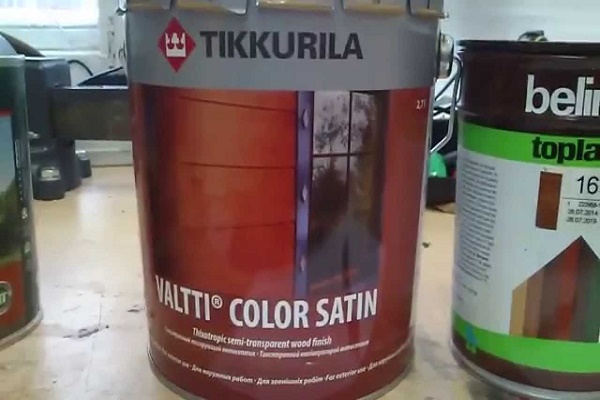
The inner surface of the walls of the house can be covered with other compounds: enamel, nitro paint. They allow you to create a bright, effective surface. Their plus is fast drying, their disadvantage is a pungent smell. Therefore, it is better to work with them in a warm season, when the room can be well ventilated.
There are a number of paints that are not used for wooden walls. For example, red lead is intended for metal; it is used very rarely for wood. at home consists of several successive stages: surface preparation, application of the composition.
Preparatory stage
In order for the finished coating to serve for a long time without losing its decorative and protective properties, it is necessary to adhere to the technology. First, the old finish is removed from the walls of the house. Even with the most expensive formulations, it will not be possible to mask the remnants, especially of a dark shade. The old coating will not allow the new layer to create reliable adhesion to the surface. A special wash or warm air from a building hair dryer will help to remove it.
A thoroughly cleaned base is sanded, smoothing out irregularities. To avoid damaging the wood, sanding should be fine-grained. Putty on wood will help to eliminate cracks, cracks. You can also use it to hide the caps of screws and other fasteners. After the putty has dried, sand it again.
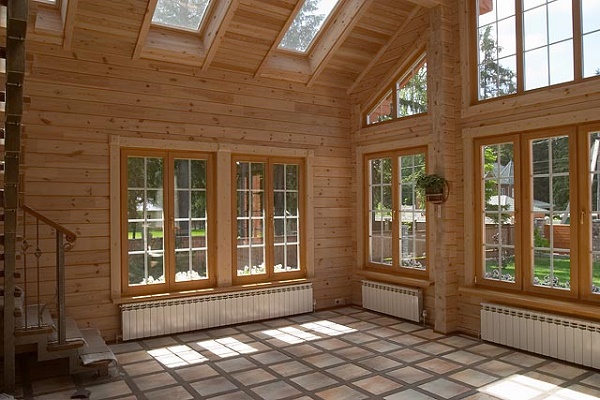
The completion of the preparatory work is priming. It provides:
- good adhesion of materials;
- fixes the base;
- removes the smallest dust from wood;
- reduces paint consumption.
The choice of primer depends on the type of colorant. To paint the surfaces inside the house, they start after the soil has dried.
Staining technology
Open a can of paint just before use, mix the contents thoroughly. If the mixture is not homogeneous, straining will help to remove the clots. By adding a solvent, the paint is brought to the desired consistency.
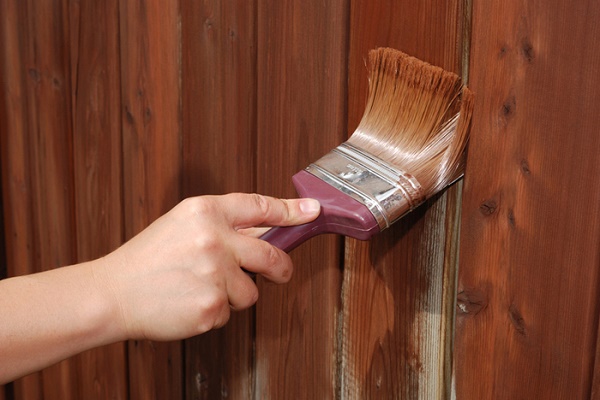
The composition is applied with a brush, roller or spray gun. The tool is selected based on the size of the treated area. Painting individual elements or small areas can be done with a brush. It is recommended to hammer a new brush on any hard surface before use. This will get rid of loosely fixed lint that may remain on the surface to be painted. It is more convenient to paint a flat surface of a large size with a roller.
The spray gun will help you quickly and accurately cover any wall configuration.
Painting is done with a thin layer in one direction. Each layer should be allowed time to dry well before further processing. It should be protected from drafts, temperature extremes, humidity. After drying, the staining is repeated, but the movements of the tool are performed perpendicular to the previous direction. The number of layers depends on the desired result.
Caring for the painted surface inside the house is reduced to cleaning it from dust and dirt using detergents. Avoid abrasive substances that can damage the coating. If mold appears on the surface, remove the paint, treat the damaged area with an antiseptic, and then paint it with a new layer.
Painting a wooden house inside - taking care of the beauty of wood
The need to paint the house inside
Painting the wooden walls of your home inside will help preserve the integrity and natural beauty of the wood. It should be noted that the main enemy of wood is moisture. Penetrating into the wood, it leads to swelling and disruption of the structure. And after drying, the wooden elements begin to deform, cracks appear. The steam generated in residential premises has a constant negative effect on wooden surfaces, contributes to the appearance of mildew and blue stains, which lead to a discoloration of the wood and a loss of aesthetic appearance.
Regardless of what types of building wooden materials (timber or log) are used for construction, painting the house from the inside is necessary. The use of special paints and varnishes can preserve the visual appeal of wooden surfaces for a long time.
The main properties of paints and varnishes for wood
For painting the house, materials that are safe for health and do not contain harmful substances are used. These are mainly water-based paints or varnishes based on natural oils. For internal works selected paints that are resistant to chemical cleaning agents and with increased wear resistance. The choice of paints and varnishes should be taking into account the temperature and humidity conditions of the room, the degree of stress on the surface, as well as the need to use chemicals for cleaning. For floors, varnishes and paints with increased wear resistance are used, for baths and bathrooms - with a high resistance to moisture.
Before the main painting of the house from the inside, the walls are treated with an antiseptic to protect the wood from the appearance of mold and mildew, insects. The antiseptic penetrates deeply into the wood, reliably protecting it from moisture. If you intend to paint wooden surfaces with varnish, then transparent antiseptics are used, and for topcoats you need a primer antiseptic, which can be tinted to match the main tone.
Preparation and painting of wooden walls of the house inside
Before painting a log house inside or the house itself, the interior walls of which are finished wood materials (clapboard, blockhouse) surfaces must be carefully prepared:
- The walls are cleaned of dust, dirt, oil and tar stains with a stiff brush. Small cracks and holes can be filled and sanded with sandpaper;
- The surfaces are covered with a transparent or primer antiseptic;
- Walls are processed with a grinder or sandpaper. Grinding the timber helps to raise the villi, which improves the adhesion of the paint to the surface;
- After carrying out the preparatory work, you can start painting the timber inside the house.
Using varnish to paint interior walls at home
If the owner wants to preserve the natural color and natural appearance of wooden surfaces, then it is better to use varnish for painting. Colored varnishes can be used that change the shade but preserve the texture of the wood. The main requirement for painting with varnish is the absence of a pungent odor inherent in artificial solvents. For interior work, it is better to use varnishes that are devoid of this drawback. To paint the logs inside the house, use water-soluble, anhydrous polyurethane, alkyd, acrylic, alcohol varnishes. Each type has features of the technological process of application and pronounced properties.
Top coat paints for wood
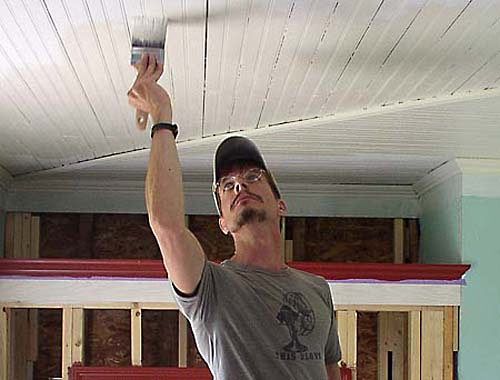 Paints for painting lining inside the house should not contain substances harmful to health, have a pungent smell and should dry quickly. Most often, water-based paints, acrylic paints, paints based on natural oils are used. A wide variety of shades allows you to implement any design ideas and give the interior individuality.
Paints for painting lining inside the house should not contain substances harmful to health, have a pungent smell and should dry quickly. Most often, water-based paints, acrylic paints, paints based on natural oils are used. A wide variety of shades allows you to implement any design ideas and give the interior individuality.
Translucent materials can be used to give the desired shade to the surfaces while preserving the texture and natural beauty of the wood. Painting with covering materials completely hides the structure of the wood.
The choice of color and type of paint depends on the preferences of the home owners. Interior blockhouse paints can be matte or glossy.
You can choose the necessary materials based on your own imagination and knowledge, as well as for painting the lining inside the house, options can be viewed on the Internet or special literature.
Rules for painting wooden walls
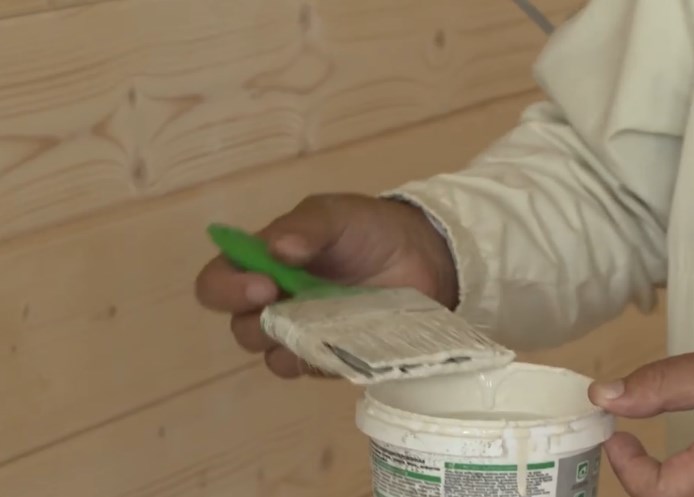 To achieve the best effect, certain requirements and rules must be followed when painting.
To achieve the best effect, certain requirements and rules must be followed when painting.
- Painting should be done in a well-ventilated area and during warm seasons;
- The paints must be thoroughly mixed so that the color and gloss of the coating is uniform;
- Apply varnish or paint in a thin layer, avoiding smudges;
- The application of an antiseptic, primer, varnish or paint is necessary only in the longitudinal direction;
- Each layer should dry well. Time is determined by the properties of the paint and the manufacturer's recommendations;
- Apply varnish or paint in several layers to achieve an optimal result - strength and beauty of the coating.
Paints and varnishes can be applied with a brush, roller or spray gun. Working with the latter requires a special skill, so if there is no experience, it is better to entrust the work to specialists.
Painting a wooden house inside preserves its integrity for many years, significantly extends its service life, helps to create a unique look and solve many interior design problems.
Video - Painting the house inside
- Recommendations for choosing paint for a new wooden house
- How to paint an old house?
- Interior painting recommendations
- What should be done before painting inside the house?
Wood is an excellent material for building a residential building. It retains heat well, has excellent aesthetic qualities and does not lose its performance properties for several decades. In order for such a house to serve as long as possible, it needs to be looked after. Painting is one of the elementary measures to protect wood. It will not only improve the appearance of the structure, but also protect it from all sorts of microorganisms and insects. You just need to figure out what to paint wooden house.
It is best to use linseed oil to prevent further formation of rot.
The construction of your own wooden house is finally completed and it's time to get busy finishing works... You can paint a wooden house using the following tools:
- antiseptic;
- oil paint;
- acrylate dye composition.
Interior painting can be done with gloss or matt finishes. Many paints contain substances that protect the wooden house from rot and the development of harmful microorganisms. When choosing a product for working inside the house, be sure to pay attention to the manufacturer. Trust only companies that have proven themselves well in the market and have positive reviews.
It is better if the interior of the wooden house is painted using water-based, odorless paint. For each surface and room, you need to select finishing material taking into account individual characteristics. For example, wood flooring is best painted with a hard-wearing compound to prevent cracks and other damage. Rooms with high humidity are decorated with special paints and varnishes.



